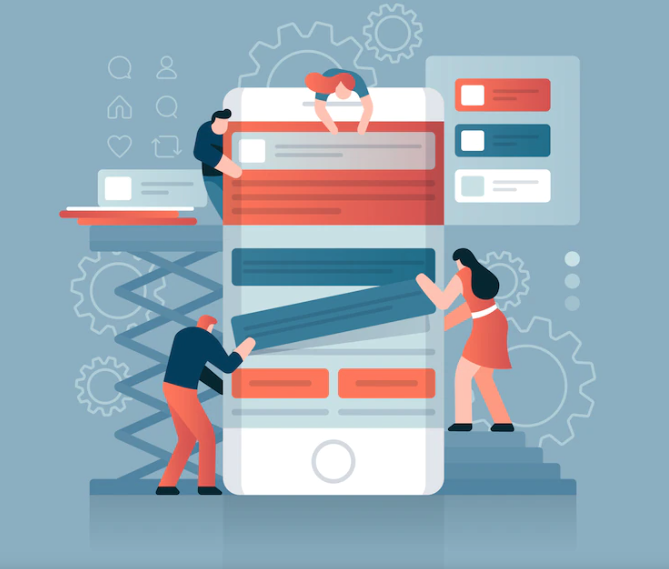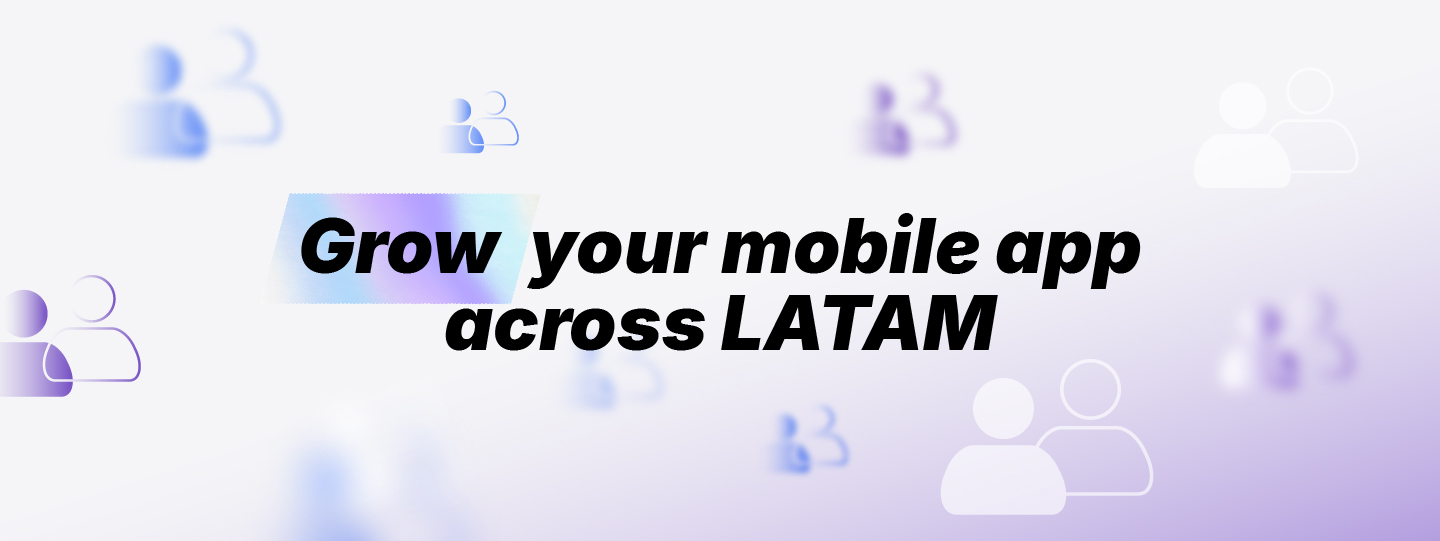
Many people think that the most important part of getting someone to install your app is getting them to click on an ad.
While the click-through rate (CTR) and also the conversion rate (CR), are extremely important for the effectiveness of your campaigns, there is one big challenge for mobile advertisers that focus on user acquisition campaigns focused on app installs that they need to be aware of and try to mitigate: Install Friction.
According to Eric Elliott, co-founder of DevAnywhere.io, 80% of app installations today require 6 or more clicks on the screen before the user has the app installed on their phone, this is already a big friction for the user to start using your app. When you are trying to grow an app, the goal is to onboard new users as quickly and smoothly as possible before they get distracted by other apps or projects.
The easier the signup and install process is, the more users will convert into loyal customers.
The reason the app store experience is so important is that it is a sample of the main user experience. What they see in the app store determines how probable they are to install your app from there and give it a chance. In other words, if the screenshots are not convincing, you have uploaded low-quality visuals, and there is no video, the chances of a user continuing the installation decreases.
The best way to explain how to interact with the basic features of your app is to provide a tutorial in the first few minutes when the user is using the app for the first time. This process can align the user's expectations and make sure that the user avoids any complex steps, in the beginning, ruining their experience.
If you're not sure what to place in the onboarding, it's helpful to take a look at other apps in your category or similar categories and see what they're doing right (and wrong).
Another great way to figure out how users want to interact with your app is by interviewing new users who have just installed your app and asking them what they expected as they installed it.
Make sure users understand your value proposition and how they can benefit from using your app right away. Consider what users may already know about your app and its features to determine the most effective way to show value. For example, if you use an app called “Meditation” you don't need an explanation for what the app does.
On the other hand, if you're using an app that's not very well known, you may want to start from the beginning with your value proposition so that users know exactly what they're getting with your product. If they don't know how your product will benefit them within their first few minutes of engaging, they're more likely to uninstall it.
Users coming from different sources have different behaviors, so try to find the media source where the users are more likely to pass the onboarding. When you rely on organic installs for growth, the user's first impression of your app is way more critical than one coming from a paid ad. Be ready to immediately create value for all users, like this, they are more likely to keep the app and engage with it.
Friction is not always bad, it can be a good thing when it’s used to help users understand what they’re getting into. Asking a user to read through your app’s privacy policy before installing can reduce the number of uninstalls while also increasing their confidence in your product, even requesting a sign-up from the beginning for an e-commerce app might generate more trust and also allow the user to track his purchases.

To learn more about how to reduce install friction and improve your app's user acquisition strategy, contact Rocket Lab. Our experts can help you optimize every step of the user journey, from ad clicks to app onboarding, ensuring a seamless experience that converts users into loyal customers. Reach out to us today and let's take your app to the next level!

.png)
.png)